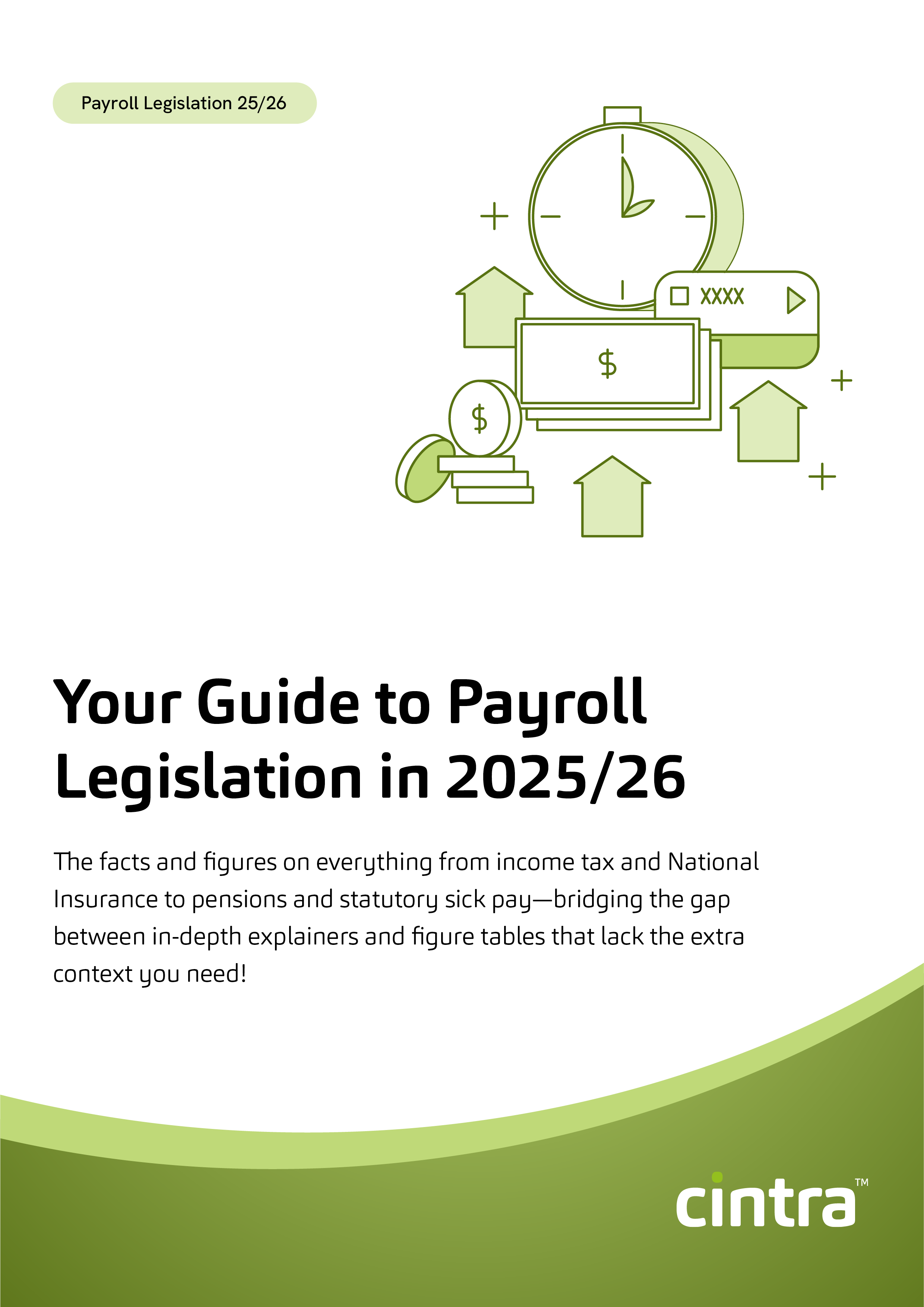A well-structured management process can contribute hugely to the overall success of your organisation. But what exactly is it?
Simply put, performance management is how you make sure your employees are hitting the mark when it comes to performing their duties. It’s how you track your people’s performance and contribute to their development, so they can bring their best selves to work and contribute positively and effectively to meeting and exceeding your organisation’s goals.
Why focus on performance management?
Effectively managing your people’s performance gives them a real chance to flourish in their roles. With consistent, regular reviews and feedback, your team can skyrocket their performance (and their morale while they’re at it). The knock-on effects of this include enhanced employee engagement and an uplift in motivation and productivity. Turns out all of that is also pretty good for business. Because a happier, productive team means they’ll be doing their jobs considerably better. And we all know what that means: your bottom line will reap the rewards.
What makes up a solid performance management strategy?
For your employees to even begin to excel, they’re going to need some direction. We’re talking about goals. SMART goals that are relevant and will contribute to your organisation’s overall success.
Defining and setting goals for your team sets a yardstick against which to measure their performance. Here’s the SMART method explained:
S – Specific: The objective needs to be specific. Include the whys, whos, whats, wheres and whens to dial down specificity.
M – Measurable: Is the goal quantifiable? You should be able to measure and track progress on your way to achieving your goals.
A – Achievable: It sounds obvious, but your goal needs to be realistic. Is it actually achievable? Carry out a quick reality check to make sure you stand a good chance of ticking it off your goal list.
R – Relevant: Start with your why. Why this goal and why now? It’s no use setting a goal that’s irrelevant to your organisation’s bigger picture.
T – Time-bound: Set a timeframe. When’s the start date? When do you want to achieve the goal by? Don’t let it become open-ended or you may not see your goal come to fruition.
Use the SMART framework to give your employees a better chance of achieving their goals and contributing to your success.
How can I monitor performance?
There are a number of ways you can track, monitor and measure your team’s performance. One of the most important things is to keep it regular.
Regular feedback
One way to keep on track of your people’s progress is to pop regular feedback meetings in the diary. Engaging in a two-way dialogue to discuss what’s going well, as well as areas for improvement, can help to keep your team on the straight and narrow in between less frequent performance appraisals.
Performance appraisals
Regular meetings set the stage for lengthier performance appraisals, which are usually held on a quarterly, biannual or even annual basis. These appraisals give you and your team members a chance to see how things are going, what they’re doing well, not so well and how productive they’re being. They’re also a prime opportunity to define expectations for both you and your people, offer practical feedback, track progress and/or set new SMART goals.
Performance metrics
Using metrics or key performance indicators (KPIs) can be a pretty handy way to measure if your people are meeting their targets. You can use appropriate metrics to measure everything from performance, to particular activities, to individual employee behaviours. It’s key to make sure you’re using metrics that actually promote the performance you want for your organisation. When used right, metrics can act as a compass against which you can check if your company is heading in the right direction.
Keeping it ongoing
It’s vital to have open, ongoing communication between management and employees. Why? If you’re half-heartedly appraising your employees once a year and doing nothing in between to stay on track, you can expect to fall short of your organisational objectives.
Ongoing communication where constructive feedback is offered is a driving force for team motivation. Not only does it allow your organisation to flag up potential issues before they become problems, you can also encourage employees who aren’t performing as well as you’d hope and equip them with a toolkit for quick improvement.
Regular reviews throughout the year keep the conversation going. This’ll allow you to feed back, set goals and assess performance accurately.
Identifying training needs and growth opportunities
When you’re consistently monitoring performance, you’ll be able to easily identify areas in which your people need further training and development. This’ll offer them ample opportunity for growth, contributing to realising their potential within their role. With frequent support and the ability to constantly progress, it not only personally empowers your people, but also gives them the chance to be part of a flourishing culture at your organisation.
The performance appraisal
As we mentioned earlier, a performance appraisal is a great way to evaluate your team’s individual performance. Let’s dig a little deeper into the different methods for performance appraisals:
Rating scales
Rating scales can be a helpful tool to measure employee performance. They’re pretty easy to use and can quickly and clearly show employees that are excelling and those doing not so well. Their intuitive nature means organisations can garner feedback from multiple people at a time. As for picking what kinds of scales to use, that’s up to you. However, we recommend if using a numbered scale, use 0-10 as it allows for more granular tracking than a measly 1-5 scale would. There should also always be an exact midpoint in your scale. Starting at 0 makes sure of this.
360-degree feedback
360-degree feedback is a popular tool for appraising performance. Its beauty lies in the fact that multiple people within the organisation can give constructive feedback about a team member’s performance (with the option of anonymity depending on how you want to approach it). This can include their colleagues, supervisors, managers and even customers. It should be people who work with them the most and have done for at least 6 months. It can give your team members open, honest insights into how they’re performing and offer them opportunities for growth. It can help to strengthen collaboration within teams and remove biases that can so often cloud people’s perceptions.
Behavioural assessments
Behavioural assessments are another way to appraise your people’s performance and provide a reliable means for gathering valuable feedback. Behavioural assessments offer pertinent information from observing the frequency (and other applicable metrics) of an employee’s behaviour as it relates to your organisational goals. It’s not perfect, however, because there’s a lot of subjectivity involved on the observer’s part.
Fairness first
It’s critical that performance appraisals are fair and unbiased evaluations of your team members. Fairness is in the eye of the beholder, too: it’s critical that your people perceive that the process is fair. When it comes to this topic, consider the following:
- Make sure there is a crystal clear link between your team member’s goals and your organisation’s objectives
- Maintain flexibility at all times
- Train your senior staff in effective coaching skills so they can better judge fairness in all aspects of performance management
The challenges with performance appraisals
There are challenges aplenty when it comes to effective performance appraisals:
Personal biases
Unfortunately, personal bias can get in the way of performance appraisals. Judgement of team members based on a manager’s own views and biases and information from other employees can taint the process. On the other hand, managers may cause an inaccurate view of things by deliberately giving low scores to encourage motivation, or give an undue high score based on one instance of good performance, despite shortcomings in other areas.
Large gaps between appraisals
Your people aren’t going to be able to gauge their progress if you’re not committed to regular feedback in between appraisals. This can lead to confusion, frustration and resentment because your team doesn’t know how they’re doing and how to improve.
Lack of recognition
It can be tempting to focus on areas where your people are falling short at work. The result of this can leave your team feeling unappreciated. It’s important to make sure you recognise their strengths and achievements at work, as well as providing constructive feedback for areas of improvement.
Best practices for performance management
There are many challenges inherent in the performance appraisal process, but don’t fear! If you build your strategy around a solid framework you can’t go far wrong. We’ve gathered a list of best practices for building up around your framework, and it all starts with your leadership.
Leadership
Your leaders should set an excellent example from the top down. They should communicate guidance clearly to those that they lead.
It’s important to train your senior staff so they can be equipped with the necessary skills to guide and engage your teams.
Encourage your leadership to play an active role in the development and implementation of performance strategies.
Communication
Communication is a two-way street. Effective performance strategy relies on constant conversation and collaboration between management and their teams.
Leadership should have the necessary skills to set expectations for your team and offer constructive feedback that gives your people the chance to grow and develop.
Your people should feel able to approach their seniors, as well as HR, at any time for guidance, support and with any queries.
Go with the flow and adapt
If the metrics are telling you something, take note. Assess, adjust and act accordingly.
Make sure your leadership and their teams feel able to openly discuss the metrics and the need to pivot, if that’s appropriate.
Involve your team
Involve and encourage your team to engage with the performance management process. Schedule training, regular meetings to discuss strategy and frequent check-ins to see where they’re at. Tailor your strategy for different departments.
Always make sure each team member’s goals are in line with your own organisational objectives.
Acknowledge and celebrate your team members’ success individually and as a whole, both formally and informally.
Keep it constructive
At all times, you should be focusing on how your team can develop and grow.
Keep feedback positive and constructive.
Deal with underperformance as a matter separate from your performance management strategy.
Make use of technology to track performance and don’t neglect to meet in person frequently with your team.
The trickier bit
Underperformance can be difficult to navigate if one or more of your team aren’t hitting the mark.
Make sure you have protocols in place to address underperformance, balancing being sensitive to your team members but keeping your organisational goals at the forefront of your minds.
To address underperformance, we suggest scheduling an appraisal for the team member in question and outline a plan where expectations for improvements are crystal clear, making sure to include timelines and clarify goals. Offer your team members extra support to achieve the plan. And of course, keep lines of communication open at all times.
An effective performance strategy will do wonders for your organisation
Happy, productive employees who are realising their potential on the job will do their best for you. You’ll see engagement, morale and productivity considerably increase, giving your organisation the best possible chance at success. Do you know what else can help?
Our fully-integrated suite of HR software.
Cintra HR knows performance strategy and our software can help flawlessly execute your performance strategy, with:
- Goals and OKRs
- Real-time continuous feedback
- 1:1 check ins
- Progress reports
- Performance analytics
- Automated performance reviews.
Cintra HR helps you stay on it with your performance strategy. Fancy a chat about it?

HR Software Buyers Guide
Let’s walk through the decision making process—from understanding what HR software can do to getting down to what makes the best packages stand out from the crowd.
Download The ABC of Payroll!


